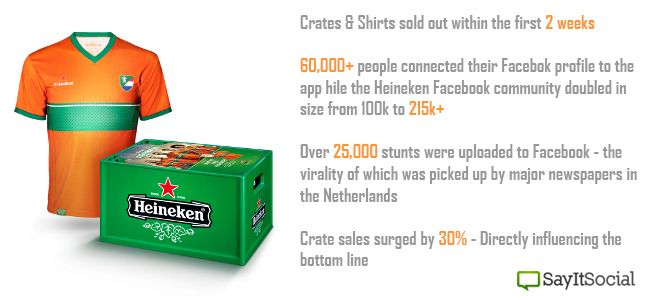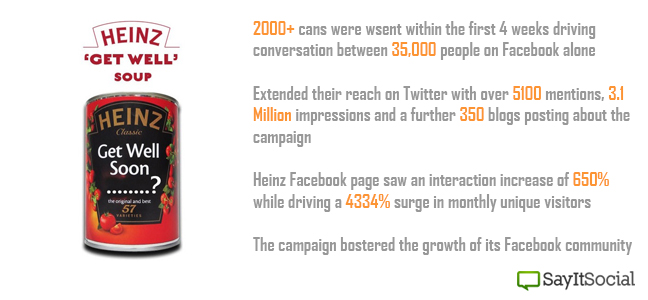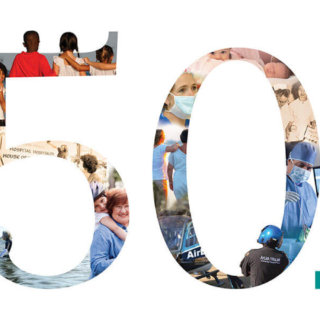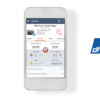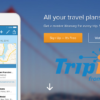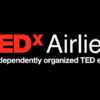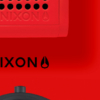Why 2014 Is The Year Of Social ROI
Since the start of its revolution, enterprise organizations are embracing social marketing for the multitude of benefits it offers such as brand engagement, 24/7 access to consumer sentiment, the ability to push content to loyal customers; and ultimately to facilitate sales. Its polyvalence has allowed it to become a significant part of companies’ marketing budget; from PR and sales, to customer experience and product development. Its ROI, however, remains as a long-term and vague objective – something of which demanding executives have difficulty seeing, and thus remain skeptical of its power and profitability. Thanks to evidence from Heinz Soup and Heineken, however, 2014 may indeed be the enlightening year whereby marketers pump a hefty amount of the budget which usually falls under ‘internet’ into producing concrete Social ROI. The only problem, however, is in which form.
According to a StrongView survey, approximately 46% of “business leaders” plan to increase their social media budgets in 2014. This news comes welcomed as more and more cases are reaping the bottom-line benefits of an elusive social ROI. When talking of Social Commerce, results altering bottom-line figures have become increasingly apparent such as in the case of Heineken.
Case Study 1: Beer + Soccer = ROI
To connect Holland’s number 1 beer with the country’s number 1 passion, soccer, during the European Championships in 2012, Heineken launched a social campaign giving away 500,000 unique soccer jerseys with a unique number on it – one for every Heineken crate of beer bought. Fans were asked to record daring stunts with their jersey on, and to ultimately share the video with the Heineken Facebook community – the best of which would win tickets to go see their country play in the tournament.
Results
With numbers like this, it isn’t difficult to see why business leaders are recognizing the importance of social marketing budgets. Recognizing the importance of testing, this goes hand in hand with the results found by the Sales Force report: 2014 State of Marketing, as 61% of 2500 global markets were found to plan on increasing spend on data and analytics to bolster the virality of such campaigns. In the same report, 86% of surveyed participants believe that social provides, or will eventually provide, ROI, a figure which would greatly differ to that of 5 years ago.
Case Study 2: Get Well Soup, Mom
Another instance of social engagement and marketing which drove sales dramatically was that of Heinz’s ‘Get Well Soup’ campaign during the height of flu season in 2011 & 2012. Interacting with the company’s Facebook page allowed users to buy and send a can of soup with a personalized ‘Get Well Soup’ message on the front of the tin to a friend who is not feeling well.
Results
C-suite executives are realistically indifferent towards the creativity and process of these campaigns, and ultimately want to see a bottom line effect. What these executives are alienated from however is the alignment of social across all business processes. Social marketing not only takes time, it takes collaboration from all of a company’s resources to provide immediate ROI (or as immediate as possible). In a Wildfire by Google survey, 46.5% of companies with revenues exceeding $1 billion now have 50+ employees devoted to social; 65.5% of which have agencies as well as in-house resources managing their social activities.
A problem which corporate faces is providing bottom-line figures to higher level execs. The two above case studies demonstrate optimal examples of social ROI within the realm of social e-commerce, but for the rest of us, business insider argues, the idea of putting a number on social ROI is beginning to fade. Instead, partnering metrics are increasing in importance when evaluating social media strategy, such as audience building, brand awareness and customer
Letting Go Of ‘Social ROI’
According to the February 2013 CMO survey, between 2010 and 2013, the percentage of marketers using the revenue per customer metric on social went from 17% to 9%. Although measurable ROI is becoming less apparent, the same survey backs up the above argument that social marketing budgets are on the rise as, on average, top marketers are expected to devote 9% of their budgets to social media spend which is expected to increase to 16% by 2018.
Simply put, it is difficult to slap an accurate number on social ROI in any case. That which has trumped so many marketers, however, is the shape in which true social return comes – brand advocacy. Social media is today’s word of mouth – at a scale which has never been seen before. Continual great content, whether from a mom and pop shop, or a Fortune 500 corporation, will earn the respect, eyes and most importantly advocacy of the masses.
How have you seen Social media provide ROI?
About Leon McLean
Leon McLean is a Project Manager and Trainer at SayItSocial, focusing on digital marketing strategy and project development as well as live, virtual and eLearning training initiatives. Please connect with Leon on... Google +

Like What You Are Reading? Subscribe To Read More
Join our mailing list to receive the latest news and updates from our team.

